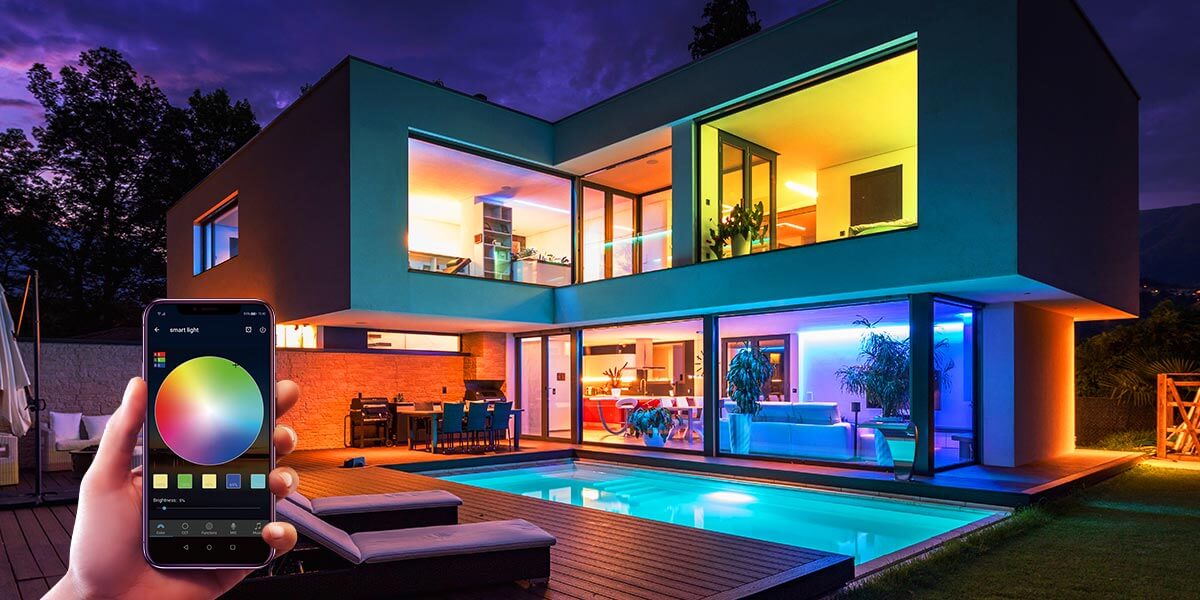Kitchen Recessed lighting, often referred to as can lights or downlights, is a popular choice for kitchens due to its sleek design and versatile functionality. These lights are installed into the ceiling, providing a clean and unobtrusive look while offering excellent illumination for various tasks and ambient lighting needs.
Benefits of Recessed Lighting in the Kitchen
- Focused Illumination: Recessed lights are directional, allowing you to direct light precisely where it's needed. This makes them ideal for task lighting over countertops, islands, and sinks, enhancing visibility for cooking and food preparation.
- Space-Saving Design: Since recessed lights are installed flush with the ceiling, they do not take up space like traditional pendant or chandelier lights. This is especially beneficial in kitchens with lower ceilings or limited overhead space.
- Aesthetic Appeal: Recessed lighting provides a modern and streamlined appearance, complementing various kitchen styles from contemporary to minimalist. They blend seamlessly into the ceiling, creating a cohesive and polished look.
- Versatility: These lights can be dimmable, allowing you to adjust the brightness according to different activities or times of day. Dimming capabilities also contribute to creating different moods or ambiance in the kitchen.
Considerations for Installing Recessed Lighting
When planning to install recessed lighting in your kitchen, consider the following factors:
- Layout and Spacing: Determine the layout of your kitchen and where you need the most light. Typically, lights are spaced about 4 to 6 feet apart for even illumination. Place them strategically over work areas such as countertops, islands, and stovetops.
- Lighting Types: Choose between different types of recessed lights, such as adjustable or fixed, depending on your lighting needs. Adjustable lights allow you to direct the beam angle, while fixed lights provide a consistent spread of light.
- Color Temperature: Select the appropriate color temperature (measured in Kelvins) for your kitchen. Warmer temperatures (2700K-3000K) create a cozy and inviting atmosphere, while cooler temperatures (4000K-5000K) are more energizing and suitable for task-oriented spaces.
- Dimming Options: Consider installing dimmable recessed lights for flexibility in lighting control. This allows you to adjust the brightness according to the time of day, activities, or mood.
Installation Tips
- Professional Installation: While recessed lighting installation can be DIY-friendly for those with electrical experience, it's recommended to hire a professional electrician for safety and to ensure proper placement and wiring.
- Ceiling Considerations: Check the ceiling structure and any insulation to determine if additional adjustments are needed for installing recessed lights. Some types may require housing or insulation contact (IC) ratings for safety and efficiency.
- Test Before Finalizing: Before completing the installation, test the lights to ensure they are positioned correctly and provide adequate illumination for your kitchen tasks.
Conclusion
Recessed lighting is a versatile and stylish choice for illuminating your kitchen, offering both practical benefits and aesthetic appeal. By carefully planning the layout, selecting the right type of lights, and considering dimming options, you can create a well-lit and inviting space that enhances both functionality and ambiance in your kitchen. Whether you're renovating or designing a new kitchen, recessed lighting provides a modern and efficient solution for lighting your culinary workspace.






Comments